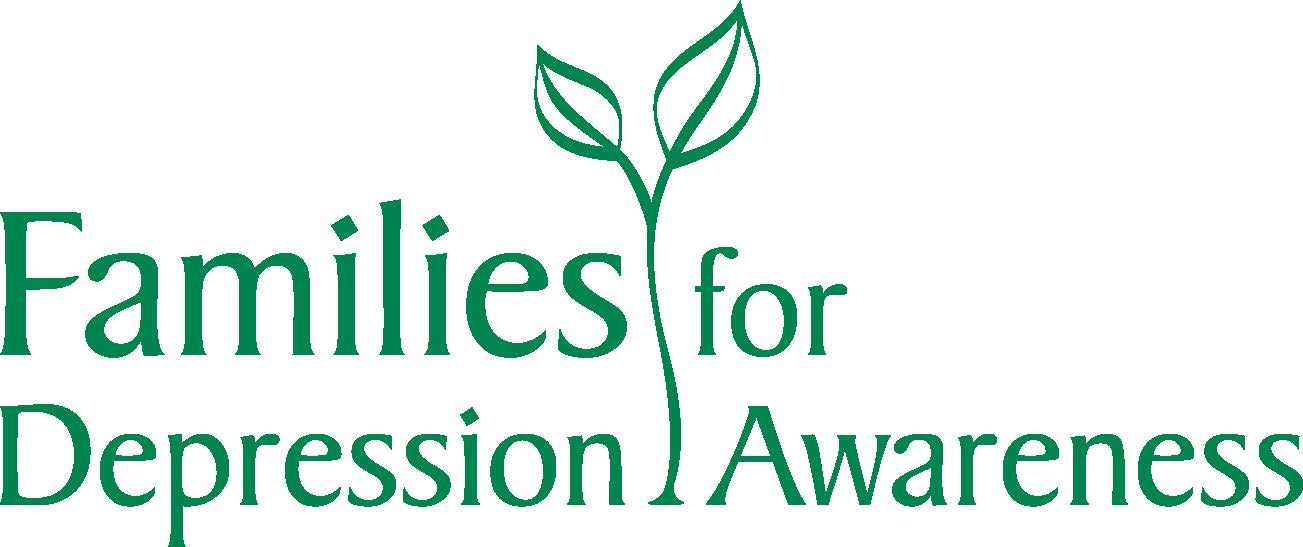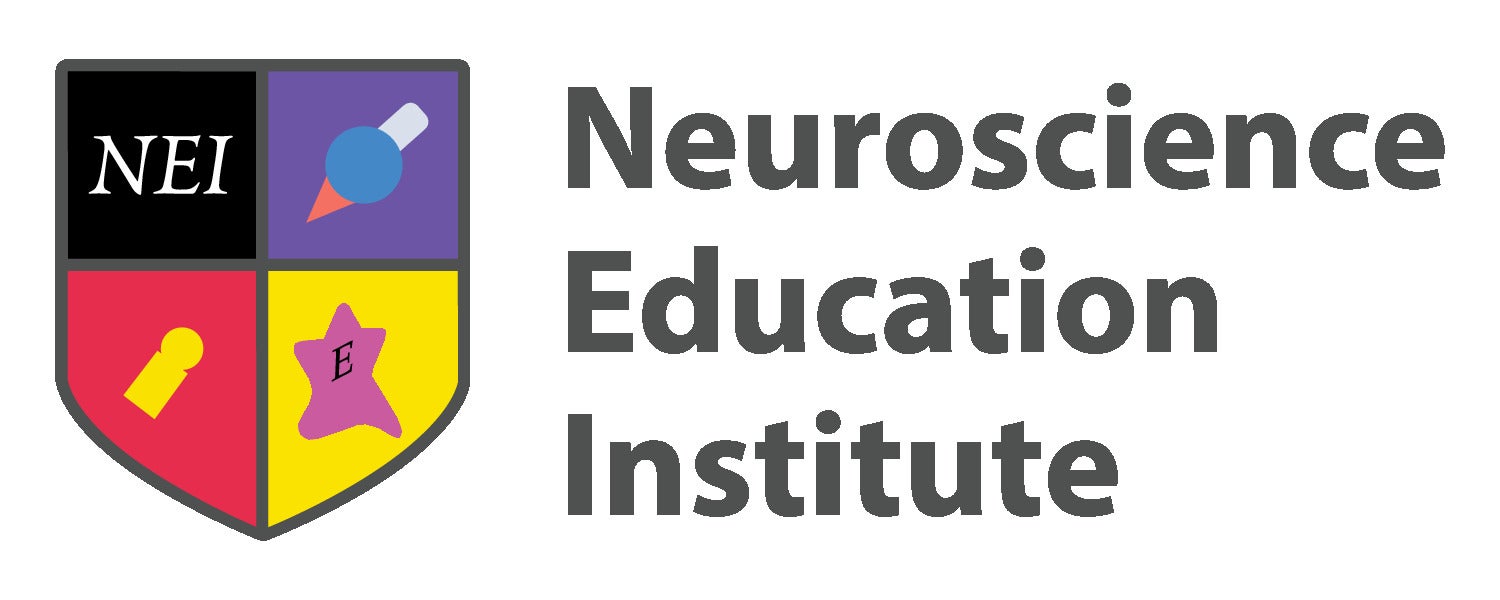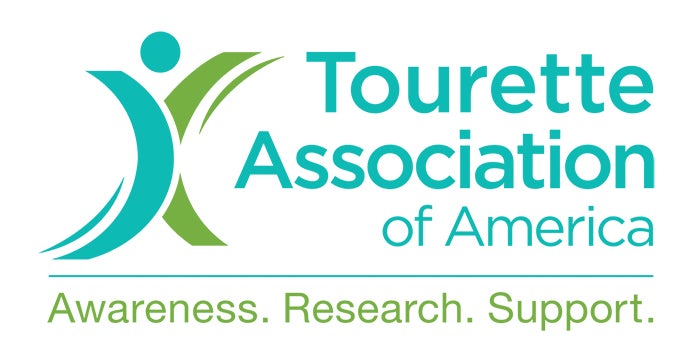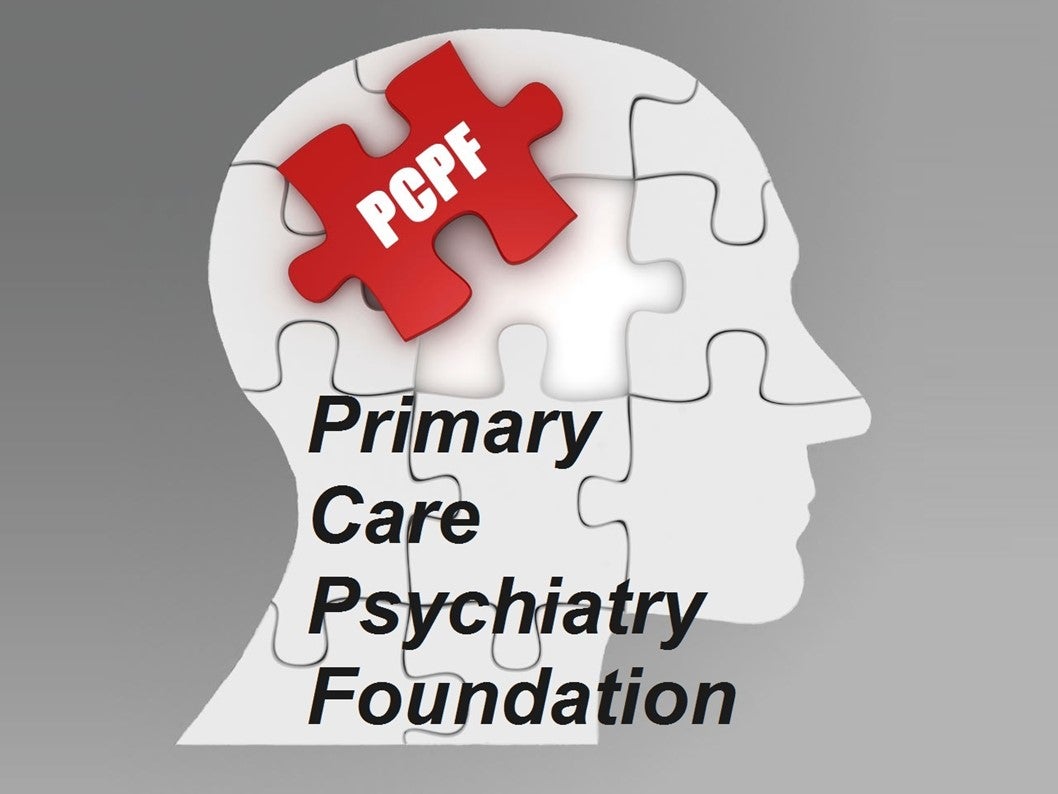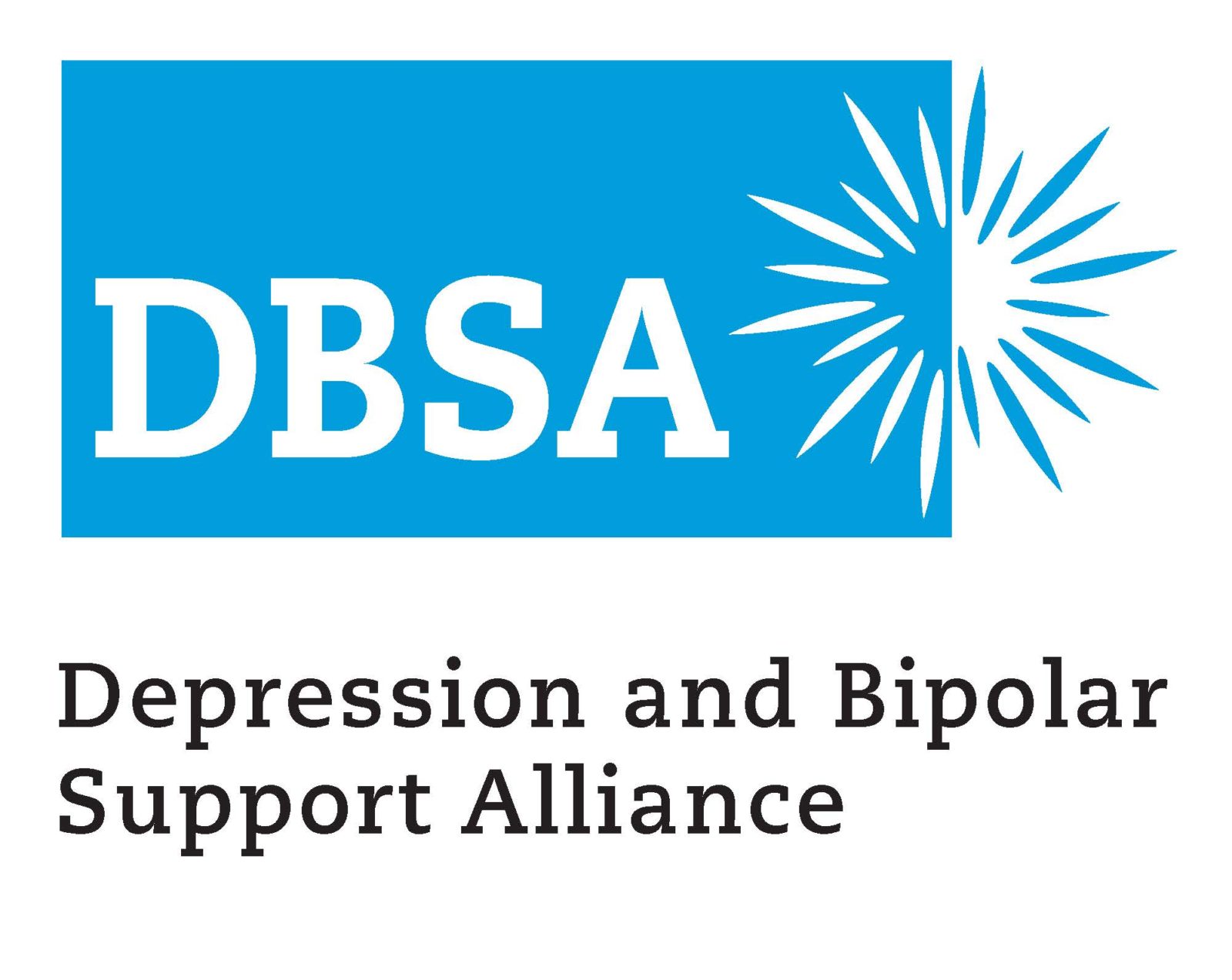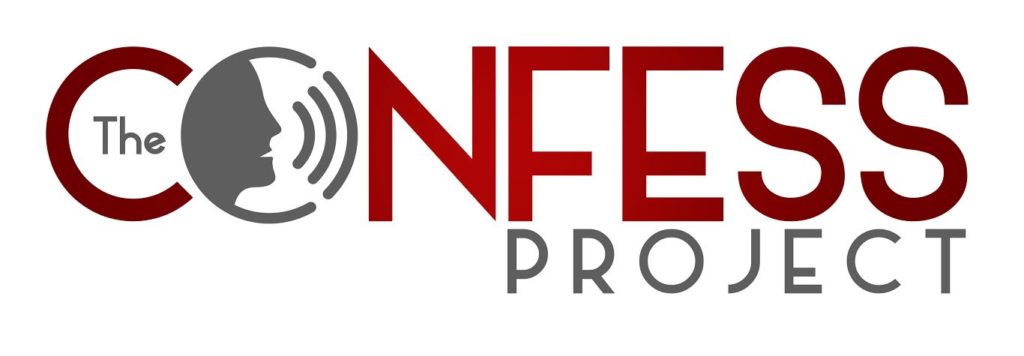The World’s Largest
Community & Online
Resource for
Mental Health
START LEARNING:
In-Person & Multimedia Learning
Learn your way! Join PsychU for an in-person or online educational experience tailored for you. Keep up-to-date through thousands of resources on the latest mental health care developments, treatment best practice guidelines, market trends, research studies, innovative programs, decision support tools, and more.
Scientific, evidence-based, educational information, featuring thought leaders dedicated to improving mental health care… together
Educational Tools
This Disease State Education Simulator is an interactive experience showcasing the progression of different psychiatric disorders.
Questionnaires and scales are provided for PsychU members’ screening and educational purposes only.
Find an outline of the mental health system for each of America’s 50 states, District of Columbia, and Puerto Rico.
Featured Resources

Behavioral Health Quality Trends Affecting Payers
-
Managed Care & Value-Based Reimbursement – Madeline Shurtleff, PharmD
PodcastApril 19, 2022Listen to Amica Simmons-Yon, PharmD, PhD and Alyssa Peckham, PharmD, BCPP as they spill the tea on Managed Care &… -
Behavioral Health Trends Affecting Payers
On-Demand WebinarApril 20, 2023The evolving mental healthcare landscape has a marked impact on payers. Psychiatrist Dr. Don Fowls, managed care expert and healthcare… -
Essentials Of Health Care Reimbursement: Understanding Payer Perspectives & Approaches To Value- Based Purchasing (Part 2 Of 5)
VideoOctober 8, 2018In this presentation Jason Swartz, RPh, MBA, Managed Market Liaison on the Otsuka Pharmaceutical Development & Commercialization, Inc. Field Medical…

Suicide Awareness & Prevention: PsychU Resource Review & Discussion
-
Hot Topics In Bipolar: Reasons For The Elevated Risk Of Suicide In Patients Diagnosed With Bipolar I Disorder
VideoSeptember 4, 2023Dr. Mauricio Tohen addresses current & relevant clinical questions relating to bipolar disorder. Series 5 of 8. -
The States Respond To Crisis
ArticleAugust 21, 2023The 988 crisis line has been up and running for a little over a year. Owned by the Substance Abuse… -
Suicide Rates In Most Vulnerable Counties Nearly Double Rate In Better-Off Counties
ArticleAugust 7, 2023Between 2016 and 2020, suicide rates were nearly twice as high in U.S. counties with more negative social and environmental…View Resource Library
Our Community
82K+
MEMBERS
70
SUPPORTING ORGANIZATIONS
559K+
UNIQUE VIEWS
Become A Supporting Organization
Through the exchange of information, experience, and ideas, PsychU aims to shift the current trajectory of mental health care and improve the future outlook for individuals with mental illnesses. The following organizations share this vision, and stand alongside PsychU as contributing partners and supporters.


















